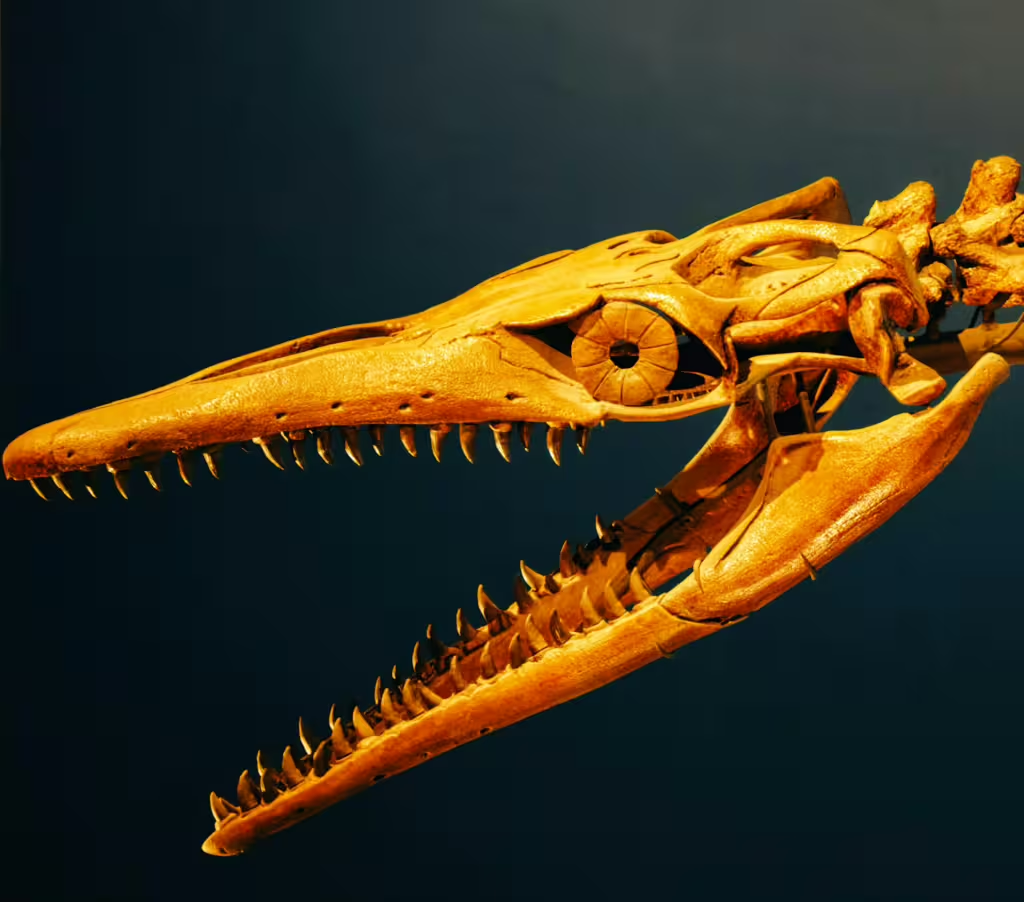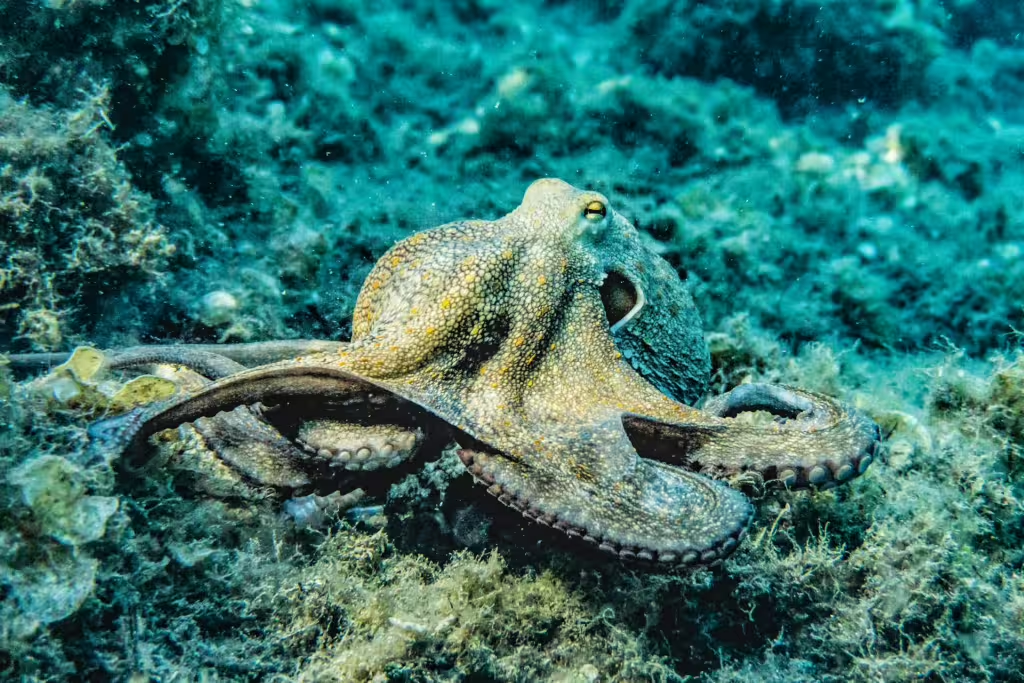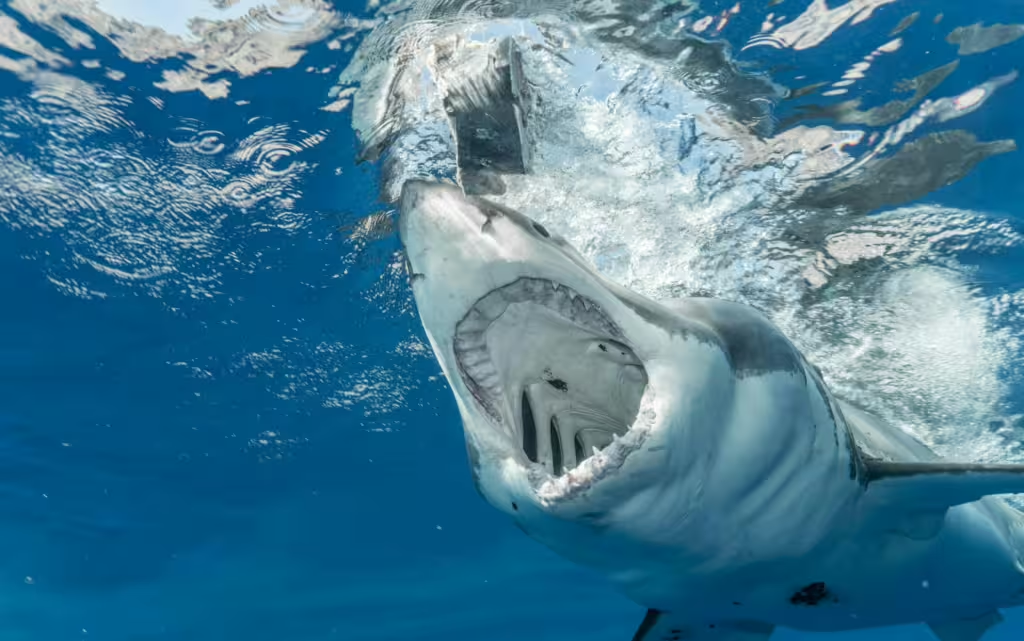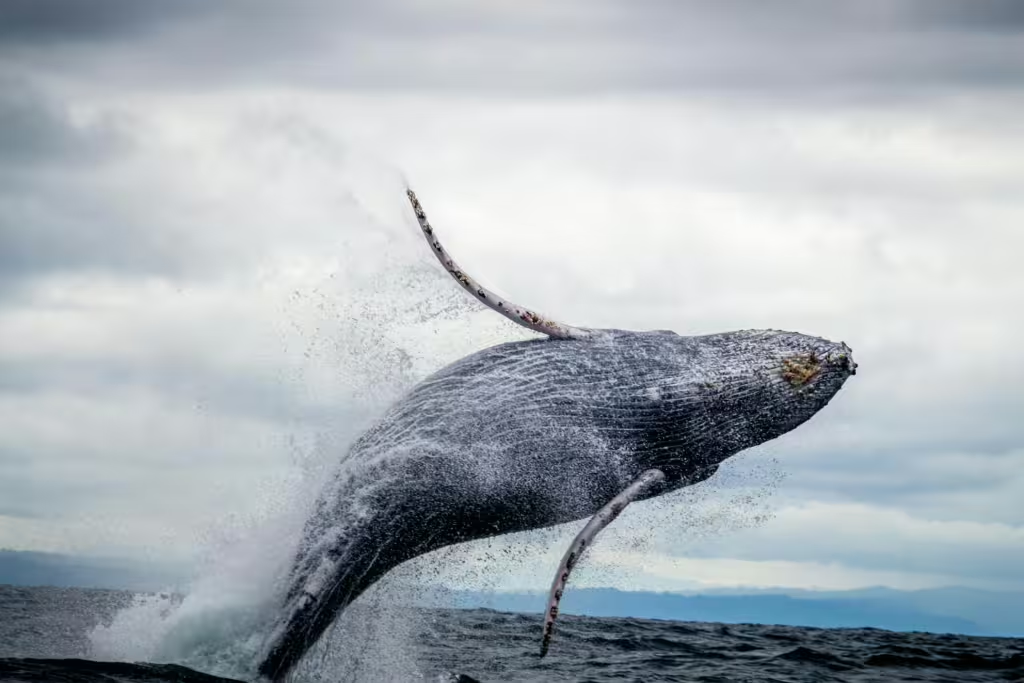In days gone by, when human beings sailed across the seven seas in search of food, treasure, and new lives, we feared not only the vastness of the ocean and the raging storms above, but the mysterious giants that stalked beneath the surface of the water. Some of the largest and most amazing animals dwell deep in the ocean, but very few of us have been fortunate enough to see them in person. Despite their size. and adaptability, however, even the ocean’s largest lifeforms face numerous challenges due to human activity.
And though many of today’s ocean giants face these threats, there have been many amazing species that came before them; some of whom may still even exist in small pockets beneath the vast ocean. Indeed, within the endless depths of the sea, some of the most extraordinary beings continue to roam, reminding us of the need to respect and protect the natural world. Many of the largest animals to ever to have existed have called the ocean their home, and in this article, we will discuss them in vivid detail.
In this article, we will dredge the deepest depths to examine some of the largest ocean creatures alive today, as well as some who have long-since left this world behind. We will discuss their conservation status of the remaining giants, whilst reflecting fondly on the most colossal sea creatures to ever have gone extinct.
Ancient Giants: Extinct Marine Megafauna
Throughout Earth’s long and storied history, millions of creatures have called the oceans their home. Some of these animals were behemoths, leviathans the likes of which have only ever been seen in biblical texts. Before we go into any of the kraken-like monstrosities that swim the ocean waters of today, we wish to acknowledge some of the other prehistoric giants that once ruled the seven seas. Two of the most famous, and indeed the larges, extinct marine creatures are the Monstrous Megalodon and the Mighty Mosasaurus.
Megalodon (Otodus megalodon)
Those who haven’t been fortunate enough to see the 2018 blockbuster, the Meg, starring Jason Statham, may not be familiar with the sheer terror that a 60 foot shark could instill in a person if it was alive today. Thankfully, it is not, having gone extinct several millions years ago, along with the dinosaurs. Megalodon was the largest shark to have ever lived, measuring up to 60 feet in length and with jaw strength that exceeded the bite force of a Tyrannosaurus Rex. In terms of scale, the bite force of a T-Rex would feel like someone dropping a pickup truck on the bitten part of the body. Considering how big this animal was, the good news is that being caught inside its cavernous maw would likely mean death in a single bite.
The jaws of a megalodon were strong enough to crush bones and seven-inch teeth, both of which we know thanks to fossilized jawbones. In the oceans of the prehistoric world, this immense fish could have been nothing more than the absolute apex predator of its aquatic domain. The current belief is that the animal went extinct not because of some catastrophic event, as with the dinosaurs, but due to a mix of climate change, declining prey populations, and competition with other, likely swifter, marine predators. Examples of these could have been early versions of great white sharks and killer whales. Whatever the case, the Meg’s extinction likely had a significant impact on marine ecosystems, allowing other predators to rise in prominence.

Mosasaurus
Sharks weren’t the only apex predators of the prehistoric oceans. Mosasaurus, a massive marine reptile that lived during the late Cretaceous period, was equal to these creatures in both scale and ferocity, according to what we know from the fossil record. These 50 foot aquatic reptiles lived about 82 to 66 million years ago and were likely some of the most formidable predators of their time. It is very likely that the mass extinction event that also wiped out the dinosaurs wiped out the mosasaurs, however, as the resultant climate change and environmental changes likely made most of the planet unlivable for such massive animals.
Mosasaurus was not a shark but a distant relative of modern lizards and snakes and it had double-hinged jaws and a set of sharp teeth, that allowed it to take down large prey with ease, including fish, squid, and many smaller marine reptiles like Ichthyosaurus. The mosasaurus was first discovered in the 18th century, and that discovery largely shaped our current understanding of prehistoric marine life. Even today, mosasaur fossils tells us much about the unique dynamics of ancient marine food chains. As an apex predator of the Cretaceous seas, its extinction left an open niche that was eventually filled by other large marine predators over the ensuring millions of years.
Once those ancient giants had gone away, new animals began to emerge, some of which remain the ocean’s most fearsome and fascinating giants.
The Giant Squid: A Deep-Sea Enigma
Ancient Greek myths speak of the Kraken, an immense squidlike monster that served the sea god Poseidon and ravaged ships and sailors all across the seven seas. Today, we understand that these myths likely came from sighting of the elusive, giant squid (Architeuthis dux), a creature that, to this day, remains one of the most mysterious and fascinating creatures of the deep sea. It wasn’t until very recently that we event had proof this enormous cephalopod even existed, but warming ocean waters and rapidly shrinking globe in terms of exploration have revealed much about these remarkable mollusks.
Giant squids can grow up to 43 feet (13 meters) in length, so it no wonder that they have captured the imagination of sailors, scientists, and storytellers for untold centuries. Today, we know that these squids inhabit the deep ocean, typically living and hunting at depths ranging from 1,000 to 3,000 feet (300 to 1,000 meters). This is, for lack of a better term, a fairly remote habitat, which explains why so few giant squids are seen or captured alive. Indeed, much of what scientists know about them comes from specimens that have washed ashore or been retrieved from the stomachs of sperm whales, their primary predators. Nevertheless, recent years and the invention and improvement of deep-sea cameras have allowed us to capture live footage of these creatures for the first time in history.
These videos have provided researchers with valuable insights into the giant squid’s behavior. In terms of anatomy, the giant squid is equally remarkable. These massive mollusks have torpedo-shaped bodies, or mantles, which houses the animal’s organs. Their most striking feature, however, has got to be their eight arms and two long feeding tentacles, all of which are equipped with hundreds of powerful suction cups lined with sharp, serrated rings. The suction cups on these massive arms not only help the squid grasp and secure prey, such as fish and smaller squid, they also allow the cephalopod to touch, taste, and smell its environment. The giant squid also possesses the largest eyes in the animal kingdom, measuring up to 10 inches (25 cm) in diameter. What do these massive eyes do, you may ask? Why, they help the squid detect light and movement in the darkest depths of the deep ocean.
Despite knowing more than ever about the giant squid, we still understand very little of their reproductive habits, life span, and social behavior. Most evidence, as well as what we know about relatives like the giant pacific octopus, suggest that giant squids are solitary hunters and tend to mate only when they need to and only towards the end of their lives. These animals also have a highly developed nervous system and a complex brain, indicating a level of intelligence comparable to other cephalopods, such as the aforementioned octopus. That said, until we can see more of them living in their natural environments, we will likely continue groping in the dark, so to speak, for more detailed information about how they live.

The Largest Ocean Creatures Alive Today
Blue Whale (Balaenoptera musculus)
The biggest animal to have ever lived on the planet Earth is a sea creature, a whale, a filter feeder that can weigh as much as 200 tons and measure up to 100 feet in length. As far as this writer is concerned, standing beneath the giant replica of a blue whale in the American Museum of Natural History in New York City is one of the only ways to truly experience the sheer scale of this animal. We are talking, of course, about the blue whale, a gentle giant that despite its massive size, feeds primarily on microscopic crustaceans known as krill. Now, the blue whale does consume up to four tons of these tiny crustaceans per day, but that is only to fuel its massive form. What’s important about this diet is that the whale’s very presence at the top of the food chain and the krill’s relative spot at the bottom, directly contribute to the health and biodiversity of the world’s oceans.
Conservation Status: Endangered
Despite their power and size, or perhaps because of the sheer amount of territory and food they require to just live in our world, blue whales are currently considered to be endangered. Another reason for this status has to do with the fact that blue whales were heavily hunted during the 20th century; something which brought their populations to the brink of extinction. These days, whaling bans have allowed for some recovery, but these gentle giants still face threats from ship strikes, ocean noise pollution, and climate change, which affects their food supply. Most of the current conservation programs set to help them focus on minimizing human impact, including monitoring shipping routes, reducing oceanic noise pollution, and preserving krill populations. Despite improvements, the blue whale’s relatively slow reproductive rates and long gestation periods make their recovery challenging.
Sperm Whale (Physeter macrocephalus)
We spoke earlier about the giant squid, a massive cephalopod that hunts the deepest oceans; but what about the massive giants who hunt them? The fearsome sperm whale is the largest toothed predator on Earth, growing up to 60 feet long. These incredible creatures are most known for their deep-diving abilities because they can dive down to over 3,000 feet below the surface and hold their breath for several minutes before needing to surface. In addition, sperm whales also possess the largest brain of any living animal, enabling them to display complex social behaviors and vocal communication. Like most whales, sperm whales use echolocation to communicate with other whales but also to find their way around the ocean, as well as navigate and hunt in the deep sea.
Conservation Status: Vulnerable
In the days when whaling was one of the main sources of world commerce, the sperm whale was among those whales that was extensively hunted for their oil. Those days are long gone…for the most part, but even today sperm whales are still threatened by entanglement in fishing gear, ocean pollution, and underwater noise disturbance from ships and industrial activities. Still, conservationists are working to implement policies that mitigate these risks, such as reducing plastic waste, limiting industrial noise pollution, and monitoring migration routes to prevent collisions with ships.

True Investigator Says…
As you can see, the immense creatures that live in our planet’s deep oceans are remarkable in every way. Nevertheless, the vast majority of them still find themselves at risk from human activity, pollution, climate change, and a thousand and one other threats. Still, even today, in an age where environmentalist sensibilities are waning in popularity with the rise of rampant consumerism and capitalism, there are efforts being made to protect many of these animals. As with all conservation efforts, however, further action is likely needed to ensure these species’ survival.
Those who are interested in helping can do so by raising awareness, supporting conservation initiatives, and advocating for responsible ocean practices. Bear in mind that our responsibility lies in fostering a balance between human development and the preservation of marine biodiversity; its a tight rope for us to walk, but as we are the only ones with legs to do so, it is our job to walk it well. If we do this, then we can ensure that these animals continue to swim the oceans for many generations to come. If we do not do something more substantial and soon, then these poor giants will go the way of the mosasaurs and megafauna that came before, and the whales of today will follow them into oblivion.
Discover more from TrueInvestigator
Subscribe to get the latest posts sent to your email.


